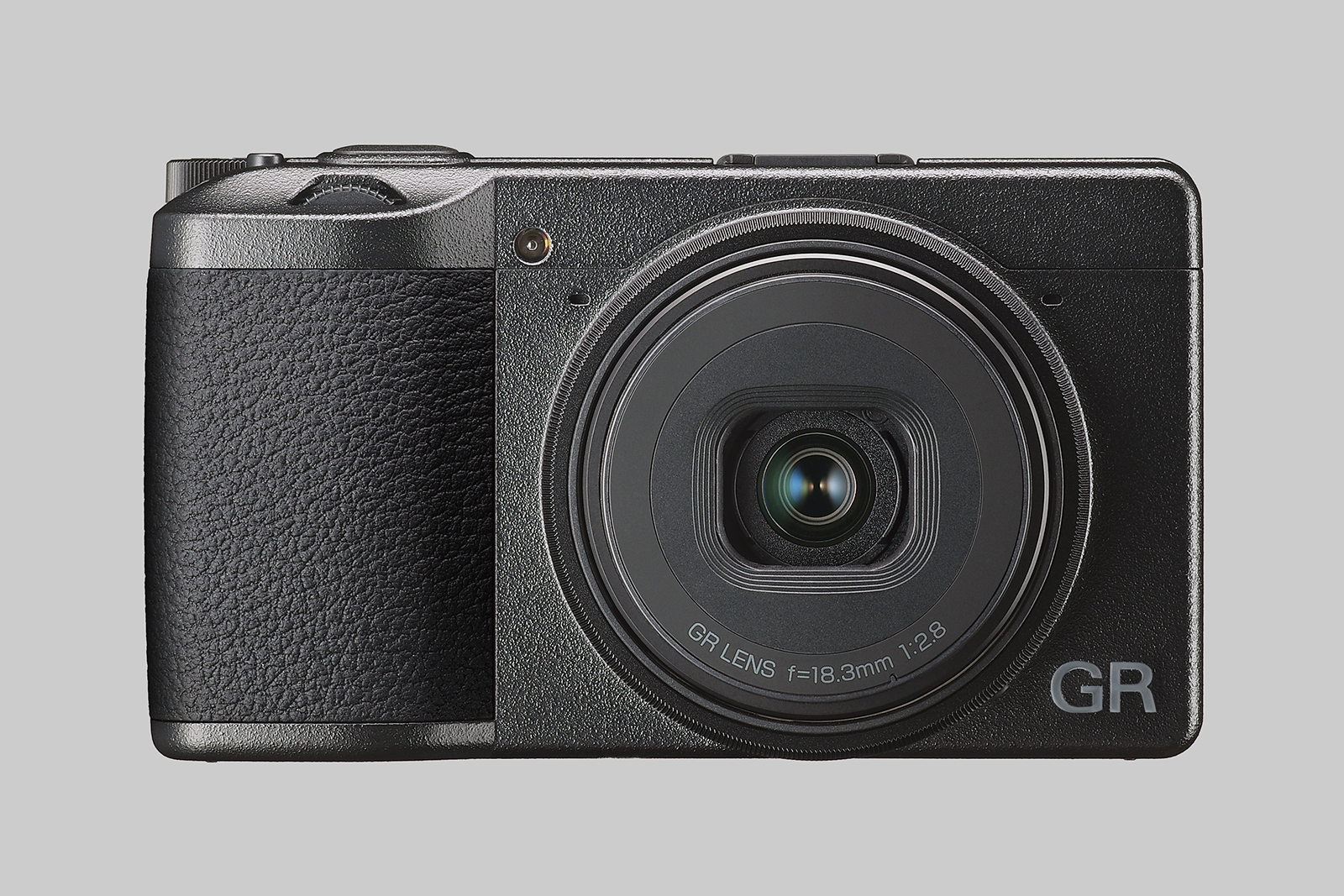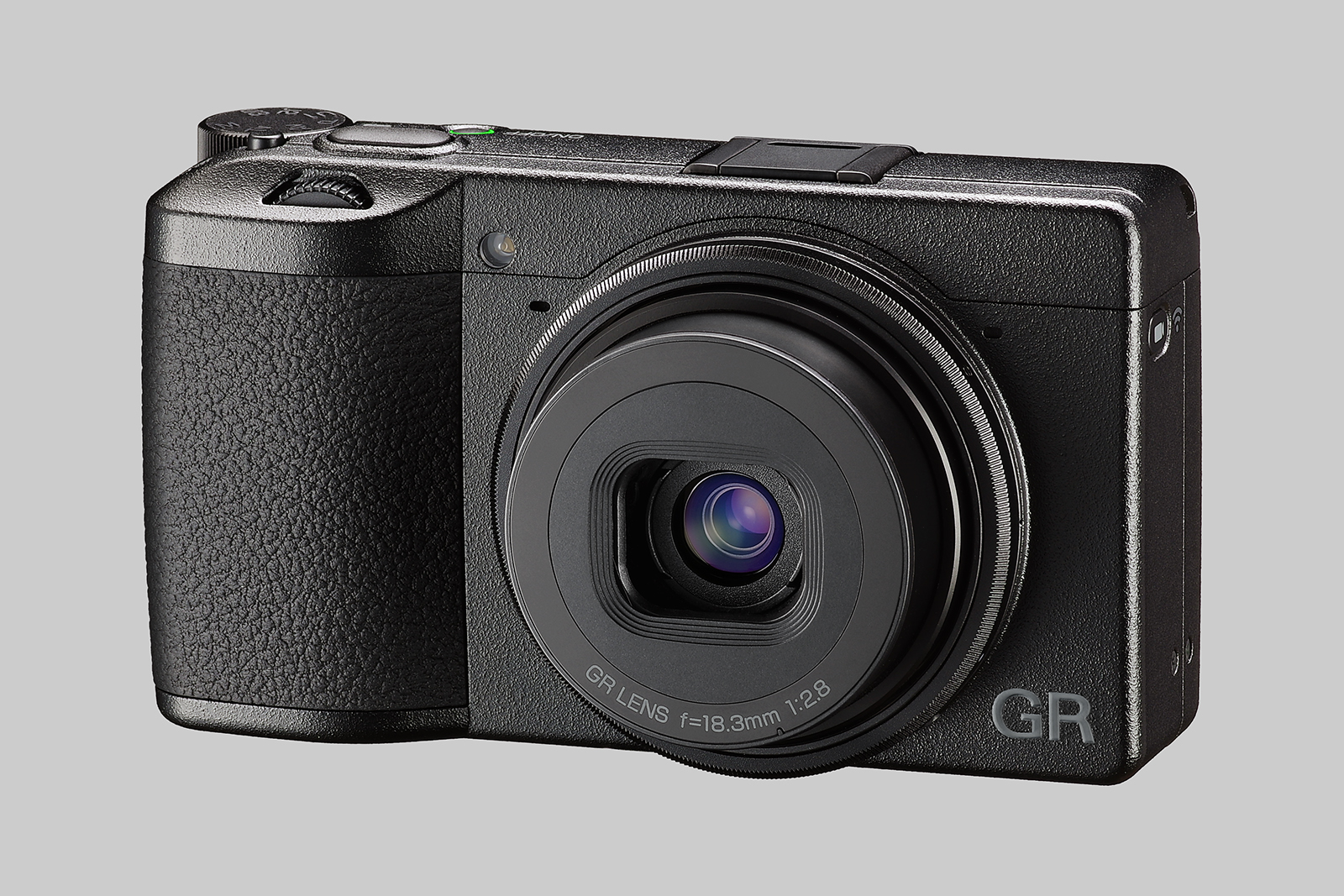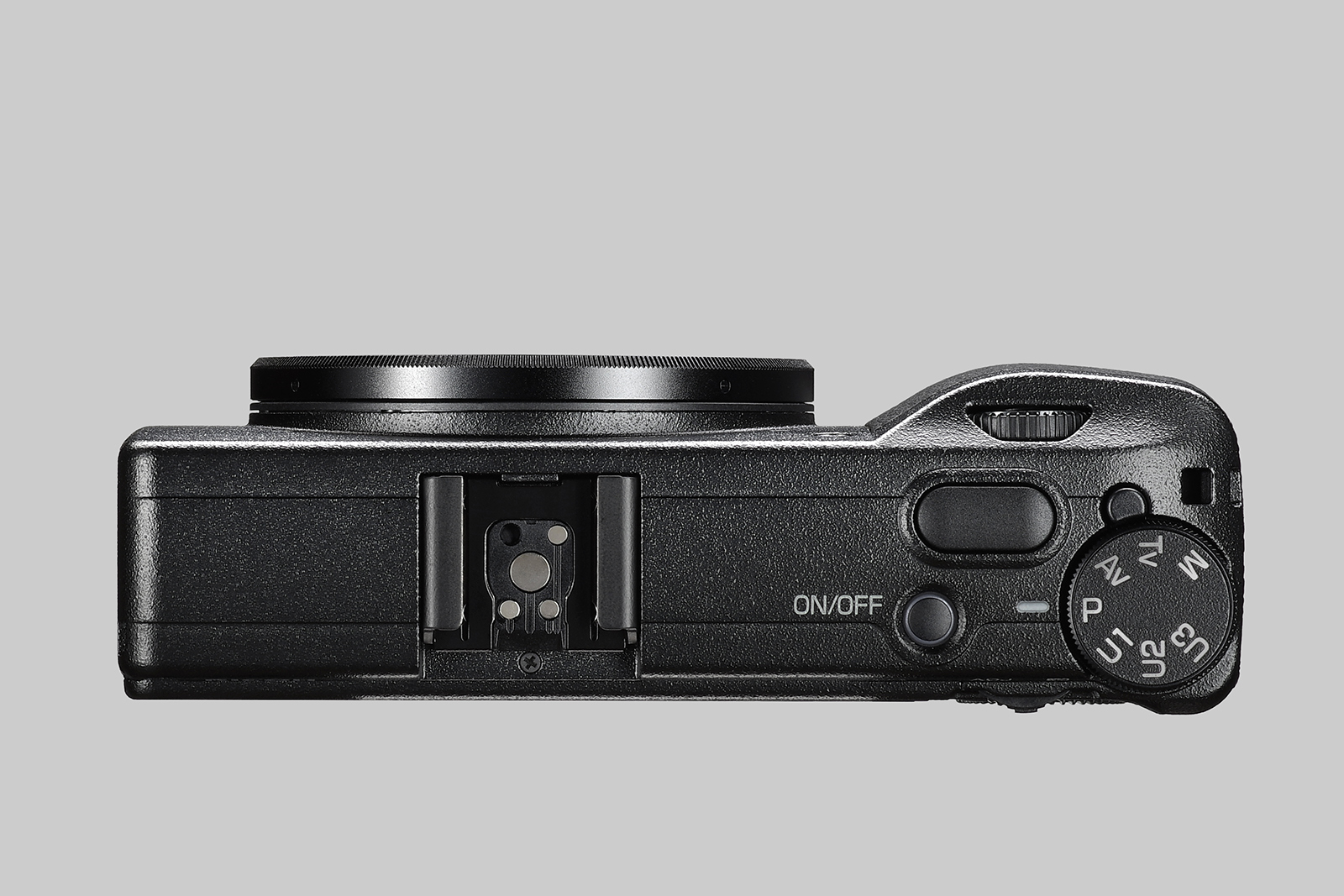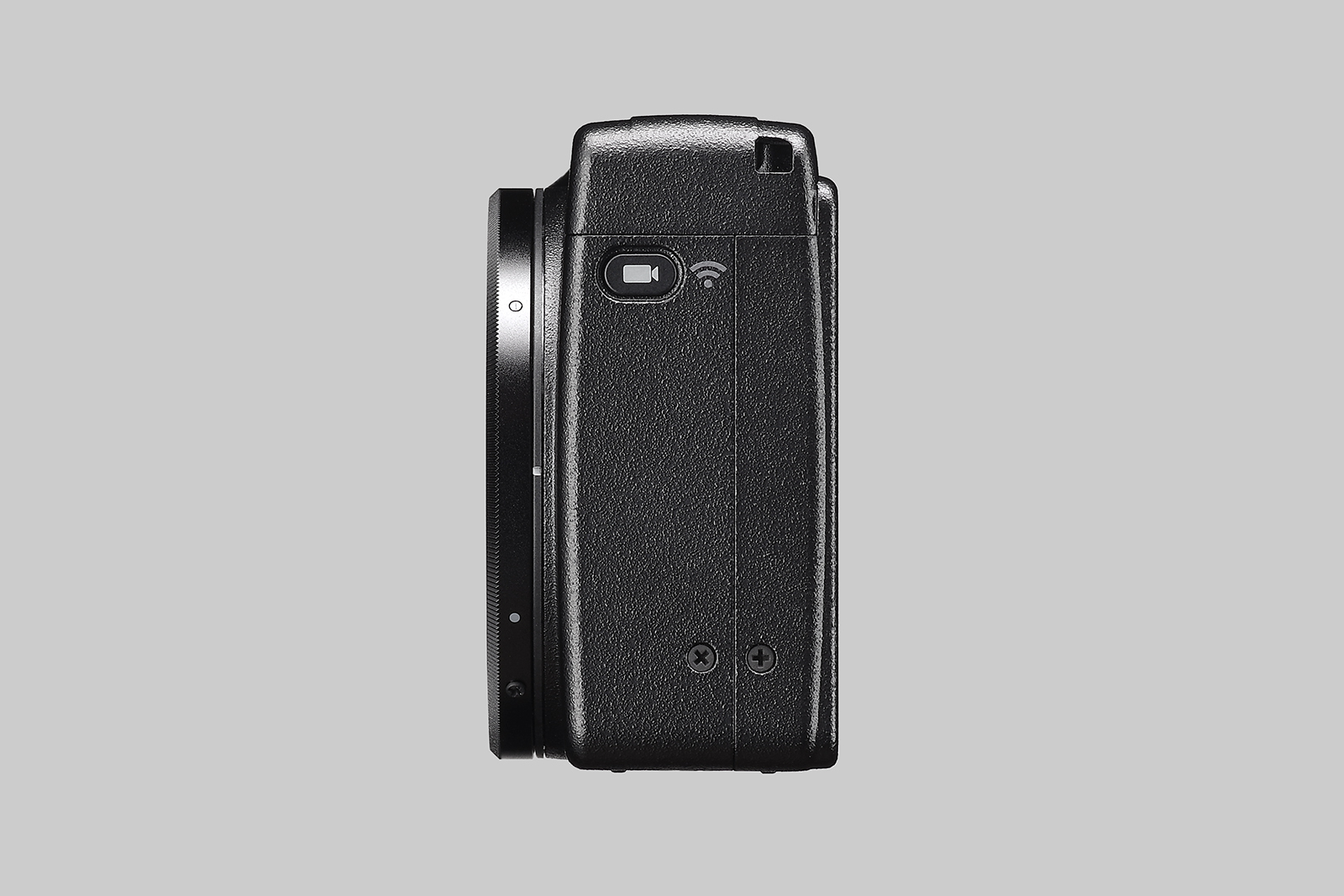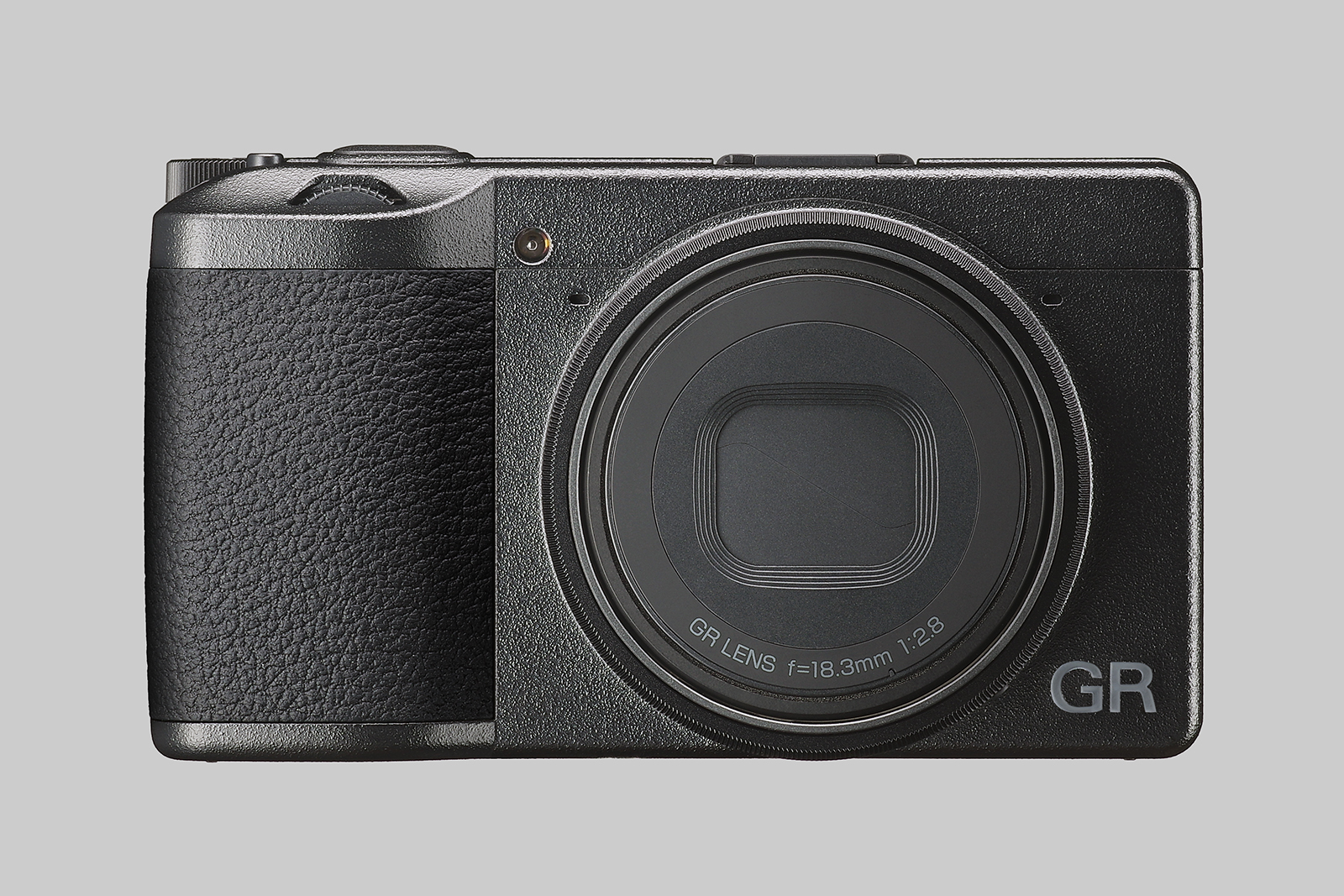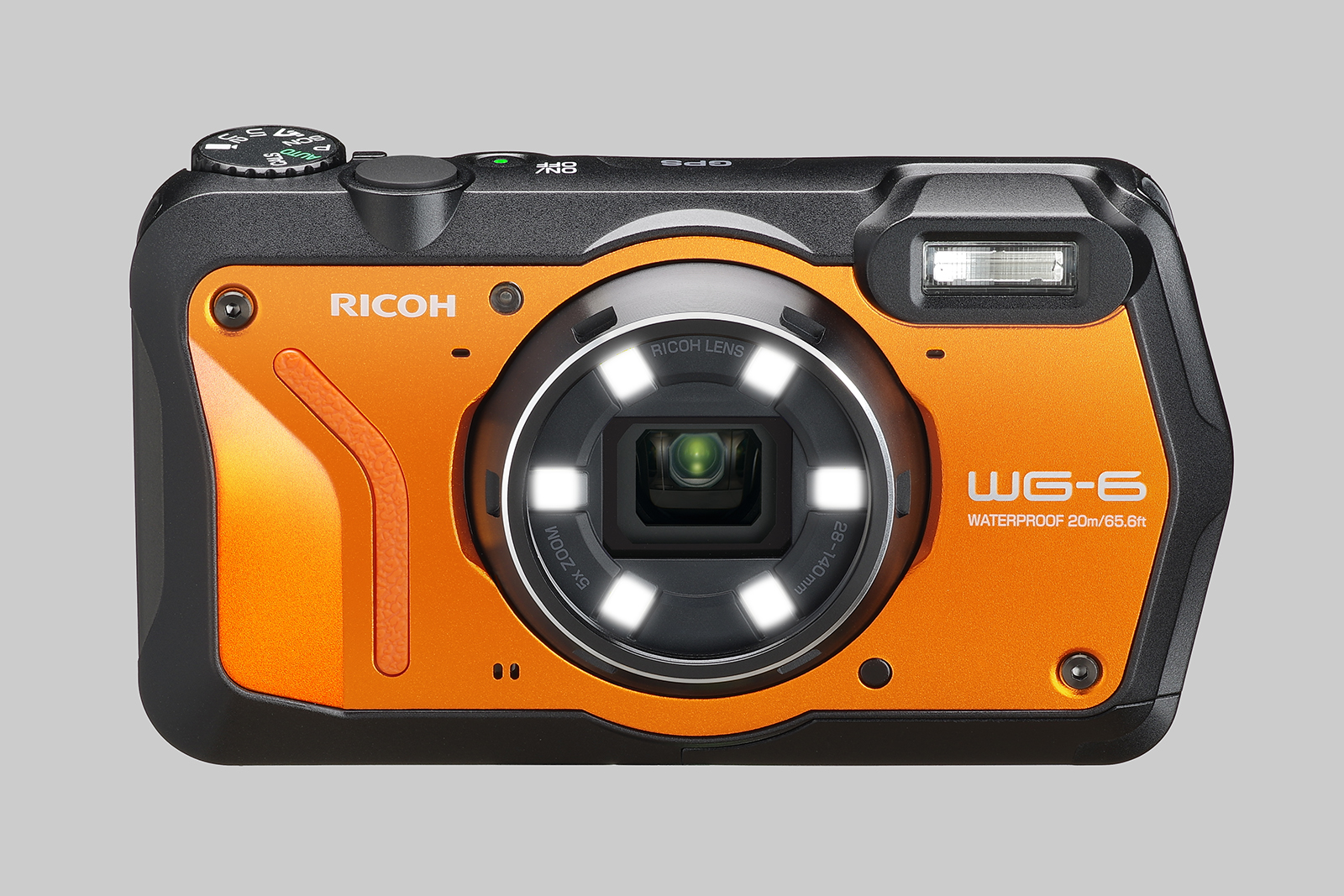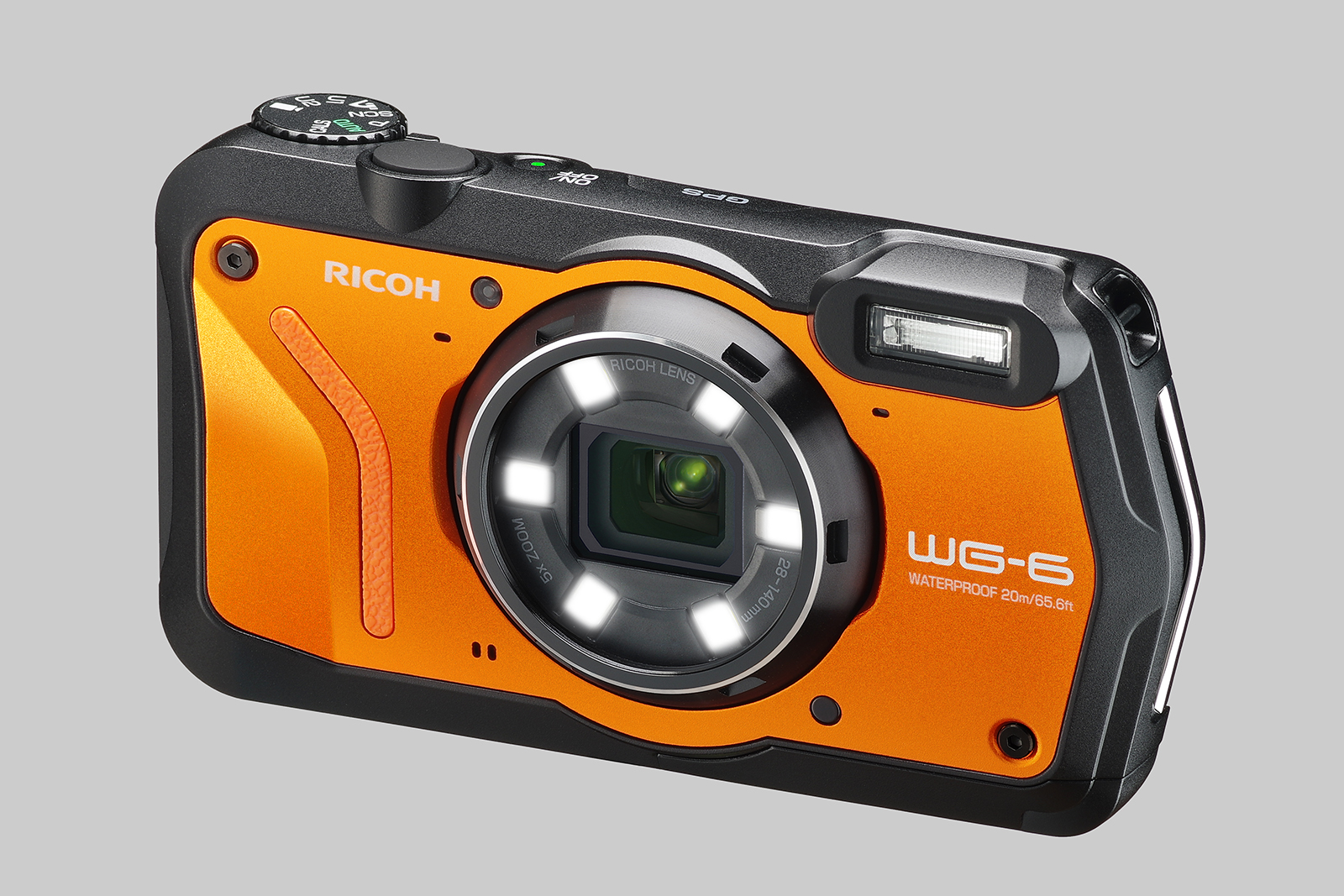Ricoh’s long-awaited GR III compact camera is finally here — and with a trio of big upgrades in the sensor, lens, and processor. On Thursday, February 21, Ricoh announced the full details for the previously teased Ricoh GR III along with the waterproof WG-6 and a new industrial camera. The three new cameras extend Ricoh’s line of compact shooters.
Ricoh GR III
The Ricoh GR III, announced at last year’s Photokina, now finally has full details and a March launch date. The newest in the series of APS-C sensor cameras, the GR III updates the three biggest indicators of a camera’s image quality: the sensor, the lens, and the processor. The sensor is a 24.24-megapixel ASP-C unit.
The re-designed lens keeps the 28mm equivalent wide-angle view with a maximum f/2.8 aperture with an update for a slimmer design. Constructed from six elements in four groups, Ricoh says the lens is also the sharpest in the entire GR series while also cutting back on distortion and chromatic aberration.
As teased in the Photokina announcement, the GR III is also the first in the series to offer stabilization via a three-axis sensor shift system. The camera, designed for street photography and other genres favoring a compact, discrete camera, also uses a hybrid autofocus. 4K video isn’t available, but 1080p is shot at up to 60 fps. Bluetooth and Wi-Fi is also built in.
The camera is also launching with a GW-4 Wide Conversion Lens, made specifically for the GR III. The conversion lens adjusts the angle of view to a 21mm and lists for $250.
The compact camera weighs about nine ounces, including a battery rated for 220 shots. The camera will be available beginning next month, retailing for about $900.
Ricoh WG-6
Ricoh’s waterproof WG series flagship is now more waterproof with an updated sensor. The Ricoh WG-6 can head underwater down to 65 feet for up to two hours, and can also withstand drops of up to 6.5 feet while continuing to shoot at ten degrees below freezing. Rich says the updated body makes the WG-6 the most dependable in the series.
The sensor is an updated 20 megapixel 1/2.3-inch type with a backlit design. Along with the stills, the camera can also shoot 4K movies. Stabilization is available for both, using Pixel Track for stills. The camera’s various shooting modes include a night-time composite that stitches together several images to reduce blur and a new Depth of Field Composite mode.
The WG-6 lens upgrades from a 4x optical zoom to a 5x zoom, equivalent to a 28-140mm range on a 35mm camera. The upgrade is not all positive though — while the WG-5 uses a bright f/2 lens, the longer zoom lens on the WG-6 has an f/3.5 maximum aperture.
The rugged body houses a ring of lights around the lens — useful for the camera’s macro mode which goes down to 1 centimeter from the front of the lens. The back houses a three-inch LCD screen. Like the WG-5, the camera also houses a GPS and compass to record data to photos and video. The body weighs 8.6 ounces.
The new Ricoh WG-6 is available for pre-sale from us.ricoh-imaging.com, retailing for about $400.
Along with the GR III and WG-6, the company also announced the Ricoh G900, an industrial camera designed for tasks like disaster relief, civil engineering, and construction. Besides being waterproof, the camera is also chemical-proof and shoots 4K video and 20-megapixel stills. The G900 has a built-in level, memo feature and extras like a bar code scanner. The G900 is available for pre-order for about $800.
Editors' Recommendations
- A favorite for street photography, new Ricoh GR III looks like an actual street
- Olympus launches Tough TG-6 waterproof compact, and we’re not entirely sure why
